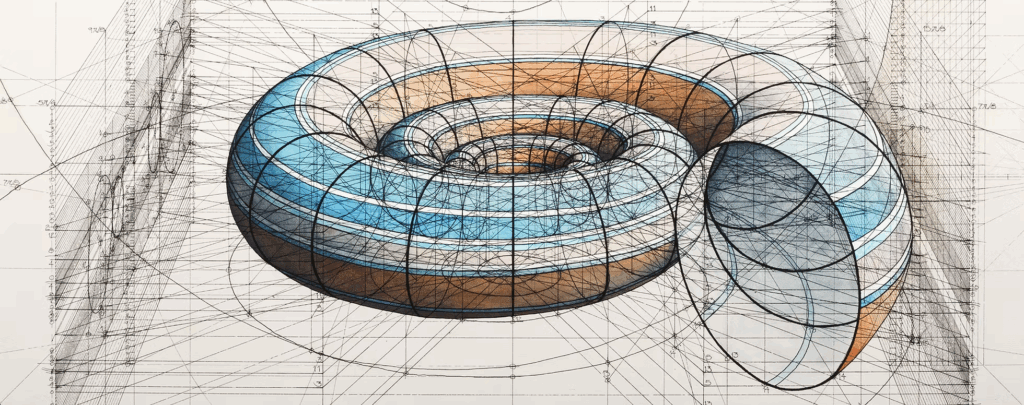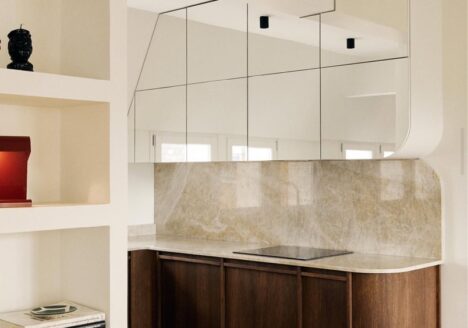Step into Rafael Araujo’s world, where pencils, rulers, and a love of maths reveal nature’s perfect curves.
Written by Kando Studio, exploring thoughtful and expressive design in art and architecture

In an age dominated by constant emailing, Instagram scrolling, and endless digital editing, and Ai it’s hard to imagine working without a computer. For Venezuelan artist Rafael Araujo, however, this is exactly how he prefers to create. At a technology-free drafting table, he meticulously renders the subtle mathematical patterns of nature using only a pencil, ruler, and protractor. Each line, arc, and spiral is measured with precision, yet the results feel alive, almost breathing. Butterflies seem poised to take flight, while the logarithmic spirals of shells appear to curl and twist naturally into existence.

Born in Caracas in 1957, Araujo first studied music, a passion that shaped his sense of rhythm and structure. This early engagement with composition gradually led him to architecture, where he honed his draftsmanship and developed a fascination with spatial harmony. Meanwhile, he immersed himself in the study of three-dimensional renderings, drawing inspiration from the precise linear perspectives of Renaissance artists. In addition, he admires the work of Dutch graphic artist M.C. Escher, whose impossible constructions and playful manipulation of space resonate deeply with Araujo’s own explorations.

Today, Araujo’s work bridges art, mathematics, and design. Each drawing is a study in geometry, yet it never feels mechanical. The careful measurements coexist with a sense of organic flow, producing images that are both precise and expressive. As a result, his creations feel alive, inviting the viewer to explore imaginary fields of space where natural forms follow the hidden rhythms of the universe.
What makes his approach particularly compelling is its tactile intimacy. There is a physicality to the work-the scratch of pencil on paper, the careful alignment of ruler and protractor-that can’t be replicated digitally. Together, these elements produce a meditative process, one that slows time and heightens awareness. Observing his drawings, one feels the harmony between the measured and the intuitive, the structured and the whimsical.
Araujo’s artistic journey demonstrates that the beauty of design often emerges at the intersection of discipline and creativity. For example, his background in music informs his understanding of rhythm in visual form, while his architectural training ensures that each line serves a purpose within the composition. The influence of historical masters like Renaissance draughtsmen and Escher is evident, yet the work remains unmistakably contemporary, expressive, and alive.
Through these drawings, Araujo reminds us that technology is not a prerequisite for brilliance. Instead, patience, observation, and hands-on craftsmanship can produce creations of extraordinary depth and elegance. His work invites viewers into a world where mathematics and nature coexist in perfect balance, a world that is tactile, meditative, and visually mesmerising.

